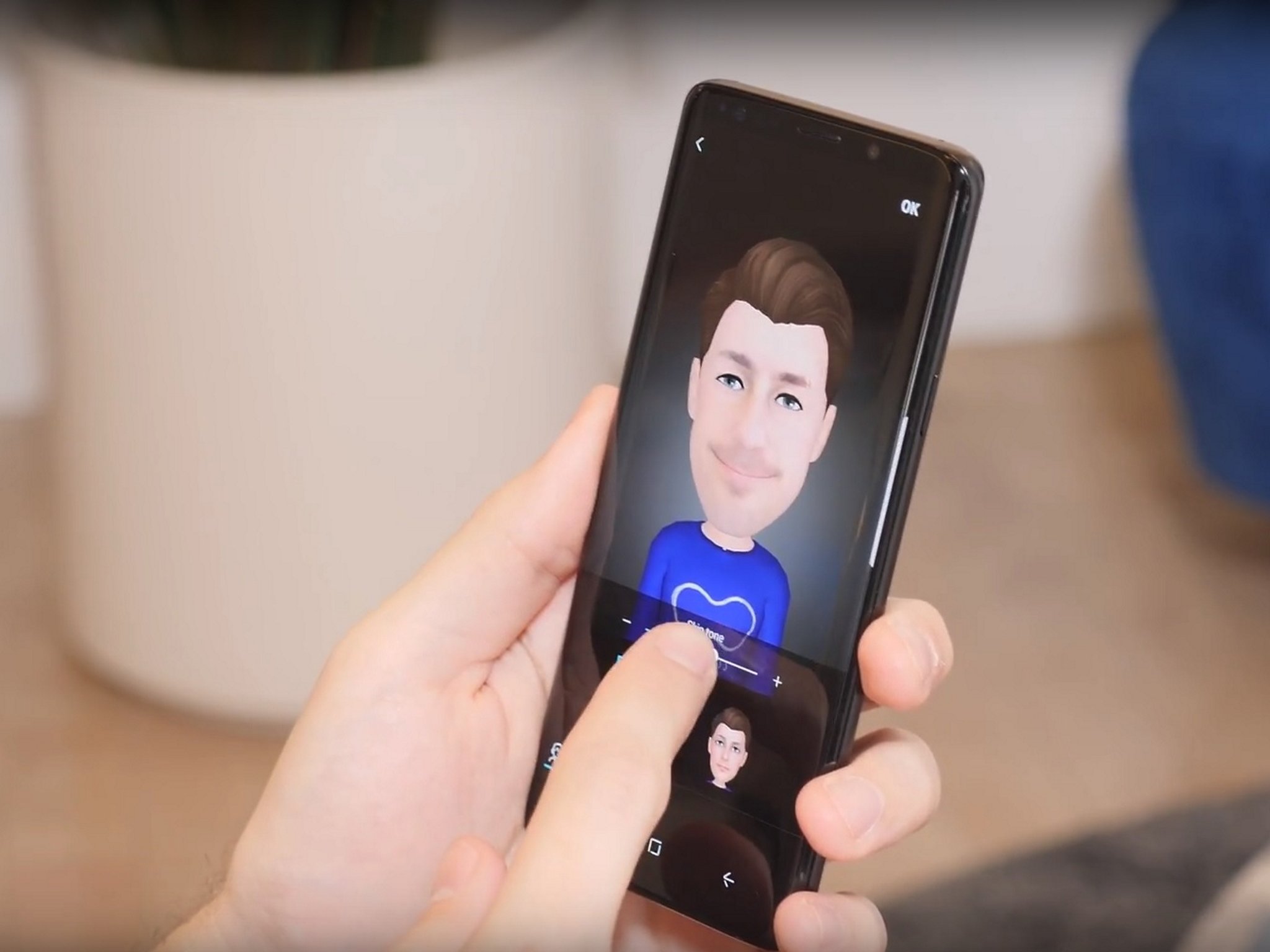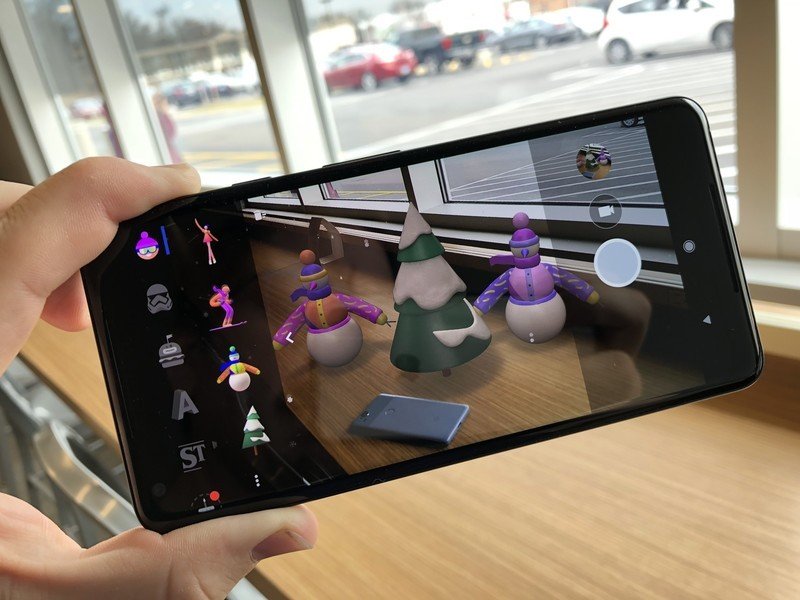Augmented Reality is the cool new place for Android fragmentation

One of the cool things about having an Android phone is, for the most part, the app experience is the same. There are a handful of apps which exist as exclusives to specific phones, because they rely on specific hardware or are tied to specific features only available on those phones. Everything else is available in the Play Store, the one big thing democratizing the entire Android experience.
Well, except for Augmented Reality. Google's rollout of ARCore has quickly turned into an ugly mess of things you can only get if you buy specific phones, with very little technical reasoning behind the limitation.

I'm no stranger to Samsung making something and limiting it to just Samsung phones. This company sees the way Apple is successful with ecosystem lock-in, and has been trying to replicate that success from day one. Samsung has a mostly terrible clone of most of Google's services, which I'm happy to ignore most of the time. With the launch of the Galaxy S9 and S9+, Samsung has implemented a couple of features in its camera I actually want to use. Chief among them is AR Emoji, the feature that scans your face and lets you create GIFs and stickers and videos with an animated version of yourself. It's a fairly trivial feature, but the kind of thing I am likely to use with friends and family and co-workers all the time.
If I want this feature, I have to use the Samsung Camera app on the Galaxy S9 or S9+. That's a little frustrating since the app is largely built on Google's ARCore, which is now available to many different Android phones. There's no technical reason this feature is limited to the Galaxy S9, aside from Samsung seeing the way Apple and Google are using Augmented Reality for unique software features and deciding it needed something unique as well. While Samsung's version of this is undeniably more open and functional than Apple's Animoji, this limitation kind of sucks. We don't even know if other Samsung phones are going to get this feature yet, because Samsung thinks this feature is going to sell phones.

Some of this may sound a little familiar to those who have been following ARCore for a while, and that's because Google is doing the same thing with AR Stickers. Google argues that control over the camera allows AR Stickers to appear a great deal more lifelike on the Pixel, because the superior light management in that sensor allows the phone to create realistic lighting effects on the stickers. That is true to a degree, but there's no way the same partners working with Google for ARCore support on other phones wouldn't work with Google to provide the camera data needed to get close to the same experience on something that wasn't the Pixel 2.
Samsung and Google will not be the only companies to do this in 2018. You can bet LG, Motorola, Huawei, and OnePlus are all watching and working on something similar. Look at how quickly some of these companies jumped to support some form of Portrait Mode after Google did it with machine learning alone as an example. By the end of the year, there will be half a dozen of unique and clever Augmented Reality experiences that only exist for people who own a specific Android phone as a selling point. It's a little difficult to get behind "Be Together, Not the Same" in this context, and I hope Google and Samsung open up these apps to the rest of the ecosystem soon.
Get the latest news from Android Central, your trusted companion in the world of Android

